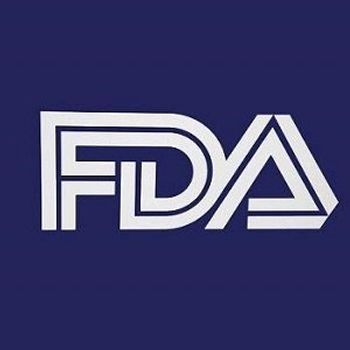
Opinion|Videos|November 25, 2024
Shared Decision-making for Selection of FDA-approved Therapies for NMOSD
Author(s)Michael Levy, MD, PhD
Key Takeaways
- Efficacy, safety, dosing frequency, and patient-specific factors are key in selecting NMOSD therapies.
- Eculizumab and ravulizumab may be preferred for patients with severe relapses or contraindications to B-cell depletion.
A panelist discusses how when treating NMOSD, neurologists should consider the patient's clinical characteristics, safety profiles, administration requirements, and cost-effectiveness when selecting between FDA-approved therapies such as eculizumab, inebilizumab, satralizumab, ravulizumab, and rituximab. Shared decision-making is crucial, involving close collaboration between the healthcare team and the patient to develop a personalized treatment plan that considers the patient's overall well-being.
Advertisement
Episodes in this series
Video content above is prompted by the following:
- What factors should be considered when choosing between other available FDA-approved therapies (eculizumab, inebilizumab, satralizumab, and ravulizumab) for patients with NMOSD?
- What clinical characteristics can help guide neurologists in selecting eculizumab or ravulizumab versus rituximab?
- Discuss shared decision-making when managing patients with APQ4+ NMOSD.
Newsletter
Keep your finger on the pulse of neurology—subscribe to NeurologyLive for expert interviews, new data, and breakthrough treatment updates.
Advertisement
Latest CME
Advertisement
Advertisement
Trending on NeurologyLive - Clinical Neurology News and Neurology Expert Insights
1
Tolebrutinib Falls Short in Phase 3 PERSEUS Study, Forcing Decision to Redact Regulatory Submission
2
Exploring the Integration of AI into the field of Epilepsy: Balu Krishnan, MD
3
What the First Intrathecal Gene Therapy Means for SMA Clinicians and Researchers
4
How Social Robotics and Embodied AI Could Reshape Neurology Care
5




















